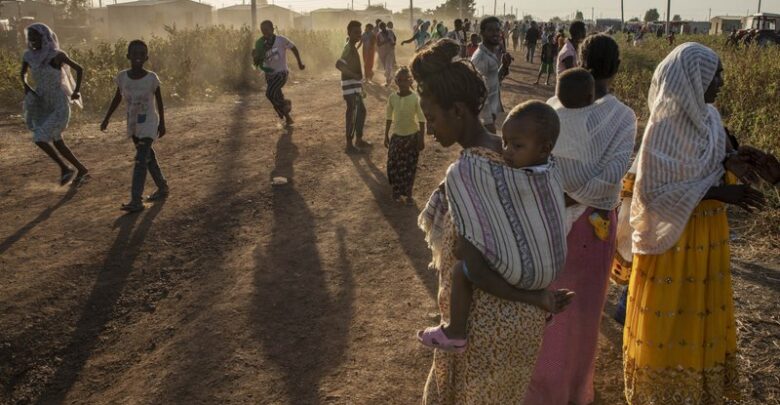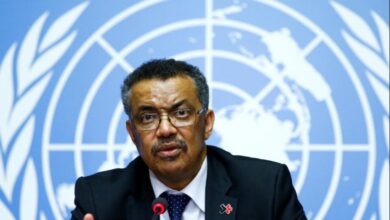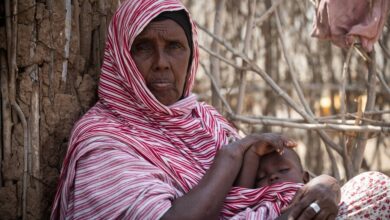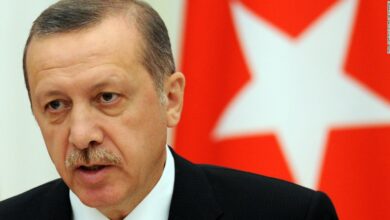Ethiopia
Ethiopian Red Cross Society Warns Embattled Tigray Region Largely Inaccessible

The Ethiopian Red Cross Society on Wednesday warned tens of thousands are feared to starve to death in the country’s conflict-hit Tigray region as 80 percent of the region has been cut off from humanitarian assistance, reported Africa News.
“Eighty percent of the Tigray is unreachable at this particular time,” Abera Tola, the president of the Ethiopian Red Cross Society, said during a press conference.
He added that some starvation deaths have already been reported and the toll could climb fast.
“The number today could be one, two, or three, but you know, after a month it means thousands. After two months it will be tens of thousands,” Tola said.
The situation in Tigray has been intense since the last three months after Ethiopian Prime Minister Abiy Ahmed, the 2019 Nobel Peace laureate, launched military operations in November that was aimed at toppling the Tigray People’s Liberation Front (TPLF).
Prime Minister Abiy had claimed that the military campaign in Tigray was in response to TPLF’s attacks on federal army camps.
Humanitarian workers and diplomats say ongoing insecurity has adversely affected the aid response in the region.
The Ethiopian Red Cross president said that aid access remained largely restricted to main roads north and south of Mekele, excluding most rural areas. He said that displaced civilians who have managed to reach camps in Tigrayan towns are emaciated.
“You see their skin is really on their bones. You don’t see any food in their body,” Tola said. “Sometimes it is also really difficult to help them without some kind of high nutritional value foods.”
He said the Ethiopian Red Cross is estimating that around 3.8 million of Tigray’s roughly six million people are in urgent need of humanitarian assistance, up from an earlier estimate of 2.4 million.
Meanwhile, the World Food Programme said it reached a deal with the Ethiopian government to scale up operations in Tigray.






